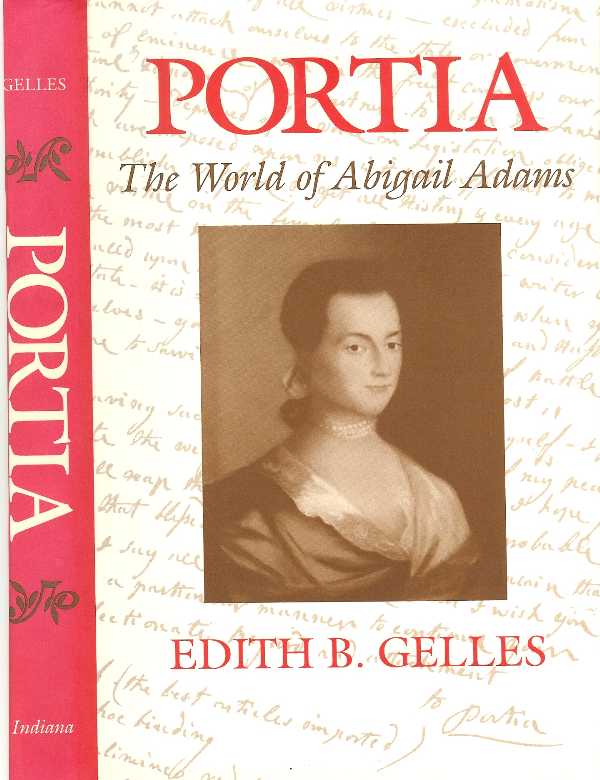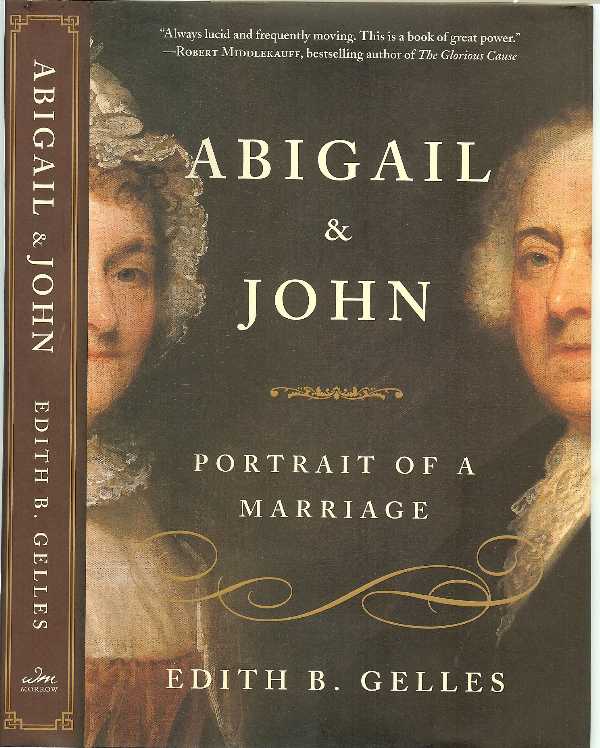CLIO Talks Back

Karen Offen
United States
Archive
- Jun 2011
- May 2011
- Apr 2011
- Mar 2011
- Feb 2011
- Jan 2011
- Dec 2010
- Nov 2010
- Oct 2010
- Sep 2010
- May 2010
- Apr 2010
- Mar 2010
- Feb 2010
- Jan 2010
- Nov 2009
- Oct 2009
- Aug 2009
- Jul 2009
- Jun 2009
- May 2009
- Apr 2009
- Mar 2009
- Feb 2009
- Jan 2009
- Dec 2008
- Nov 2008
- Oct 2008
- Sep 2008
- Aug 2008
- Jul 2008
- Jun 2008
- May 2008
- Apr 2008
I.M.O.W.'s debut blog, Clio Talks Back, will change the way you think about women throughout history! Be informed and transformed by Clio Talks Back, written by the museum's resident historian Karen Offen.
Inspired by Clio, the Greek muse of History, and the museum's global online exhibitions Economica and Women, Power and Politics, Karen takes readers on a journey through time and place where women have shaped and changed our world. You will build your repertoire of rare trivia and conversation starters and occasionally hear from guest bloggers including everyone from leading historians in the field to the historical women themselves.
Read the entries, post a comment, and be inspired to create your own legacies to transform our world.

Clio scan / Indiana University Press design
Jacket cover of Portia, with Abigail Adams portrait

Clio scan / William Morrow design
Jacket cover, Abigail and John, with portraits
Abigail Adams, Entrepreneurial Woman Extraordinaire
2011-01-16 14:11:56.000
Abigail Smith Adams (1744-1818) is perhaps best known as the second "First Lady" of the United States. What is less well known is that she became an enterprising woman and sole support of her family when, in the 1770s and 1780s her husband John Adams effectively gave up his law practice for public service. He was instrumental in launching the American Revolution against the British, serving as a member of the Continental Congress from Massachusetts and later representing the fledgling nation to (and negotiating with) the major European powers, in Amsterdam, in Paris, and in London. For over 20 years of their 54-year old marriage, Abigail and her ?dearest friend? lived mostly apart, though keeping closely in touch through letters.
Abigail Adams first took over operation of the family farm, managing its tenants and coping with a shortage of farm hands and rising labor costs. She then turned to merchandising and brokering ? selling desirable and scarce goods such as chinaware, calico, handkerchiefs and ribbons that John sent to her by ship from Europe. She also speculated in land and acquired extensive holdings, in the face of troubles with currency inflation, counterfeit paper money, and increasing taxation. All this she did in an era when wives were technically deprived of property and the ability to make financial transactions ? but she accomplished all this in John?s name, serving in effect as her husband?s ?deputy.?
Her biographer, Edith B. Gelles, describes Abigail?s activities in these terms, quoting from her very extensive correspondence, which has become a treasure of American history and literature:
?Since she could not own property in her own right, she was obliged to inform John [12 July 1782] that ?You are named in the Charter as original proprietor, so no deed was necessary.? Ironic indeed that John now owned over 1,600 acres of Vermont which he did not want, purchased by Abigail, who had the courage to speculate and the cleverness to negotiate for land she could not legally possess. If the situation appeared unjust to Abigail, she did not write about such a reaction in her surviving letters.?
?The Adamses didn?t become rich, but that was not Abigail?s ambition. Her aim was to maintain the family, to feed, clothe, and educate her children without going into debt. She found that a satisfying goal.?
For most women, economic enterpreneurship has been and remains first and foremost about survival. The remarkable Abigail Adams was no exception.
Sources:
Edith B. Gelles, Portia: The World of Abigail Adams (Indiana University Press, 1992), chap. 3.
Edith B. Gelles, Abigail and John: Portrait of a Marriage (William Morrow/HarperCollins, 2009), chap. 6.

